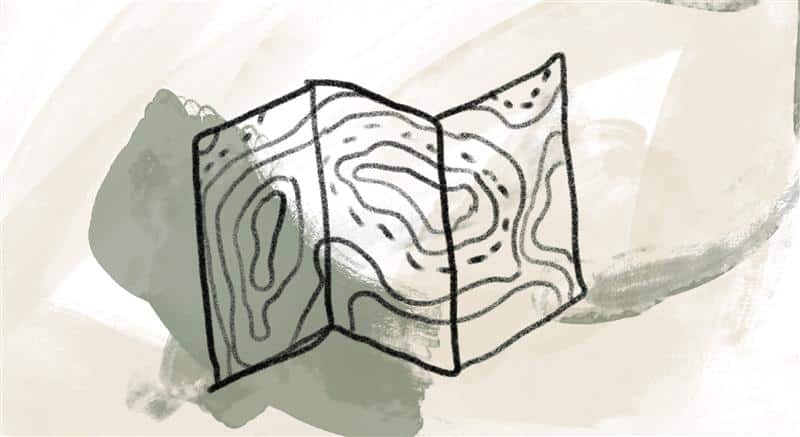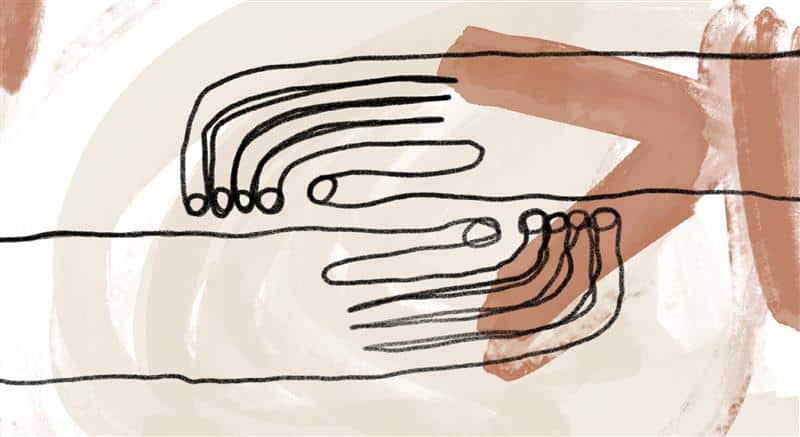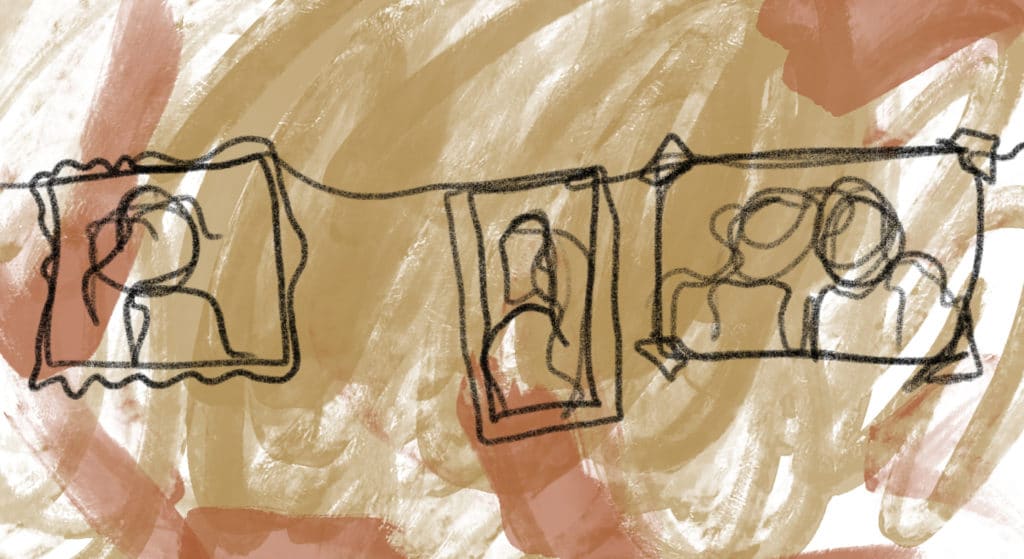
Richard Rohr writes that holding the tension of paradox helps us grow in consciousness and love.
All the great religions at the more mature levels learn and teach a different consciousness, which we call the contemplative mind, the nondual mind, or the mind of Christ. The levels of spiritual development begin with dualistic, exclusionary, either/or thinking and become increasingly nondual, allowing for a deeper, broader, wiser, more inclusive and loving way of seeing.
If we are to live on this Earth, we cannot bypass the necessary tension of holding contraries and inconsistencies together. Daily ordinary experiences teach us nonduality in a way that is not theoretical or abstract. It becomes obvious in everything and everybody, every idea and every event, almost hidden in plain sight. Everything created is mortal and limited and, if we look long enough, paradoxical. By paradox, I mean something that initially looks contradictory or impossible, but in a different frame or at a different level is in fact deeply true.
I am talking about just holding the tension, not necessarily finding a resolution or closure to paradox. We must agree to live without resolution, at least for a while. This is very difficult for most people, largely because we have not been taught how to do this mentally or emotionally. We didn’t know we could—or even should. As Paul seems to say (and I paraphrase), hope would not be the virtue that it is if it led us to quick closure and we did not have to “wait for it with patience” (Romans 8:24–25).
I think opening to this holding pattern is the very name and description of faith. Unfortunately, in Christianity, faith largely became believing things to be true or false (intellectual assent) instead of giving people concrete practices so they could themselves know how to open up (faith), hold on (hope), and allow an infilling from another Source (love).
We must move from a belief-based religion to a practice-based religion, or little will change. We will merely continue to argue about what we are supposed to believe and who the unbelievers are. We need contemplative practices to loosen our egoic attachment to certainty and retrain our minds to understand the wisdom of paradox. [1]
Contemplative prayer is largely just being present: holding the tension instead of even talking it through, offering the moment to God instead of fixing it by words and ideas, loving reality as it is instead of understanding it fully. In our daily lives, this prayer is most commonly articulated as a willingness to say, “I don’t know.” We must not push the river, we must just trust that we are already in the river, and God is the certain flow and current.
That may sound impractical, but the way of faith is not the way of efficiency. So much of life is just a matter of listening and waiting and enjoying the expansiveness that comes from such willingness to hold. [2]
References:
[1] Adapted from Richard Rohr, The Naked Now: Learning to See as the Mystics See (New York: Crossroad Publishing, 2009), 100, 106–107, 108.
[2] Adapted from Richard Rohr, Yes, And…: Daily Meditations (Cincinnati, OH: Franciscan Media, 2013, 2019), 383.
Image credit: Oliver Hotakainen, Untitled (detail), Finland, 2021, photograph, public domain. Click here to enlarge image.
How do we keep fire afloat on water? How do we act for justice and stay humble and listening?
Story from Our Community:
I resonate with the idea that only the Great Self, the True Self, can carry the anxiety within us. Could my singular striving to live the Gospel be making me strong enough to hold the anxiety and the fear of others? As contemplatives, are we being called, like Jesus, to be transformers of all the suffering in the world? This empowering question adds fuel to my practice and even seems plausible if there are truly no boundaries or borders around the True Self. —Sharon M.




